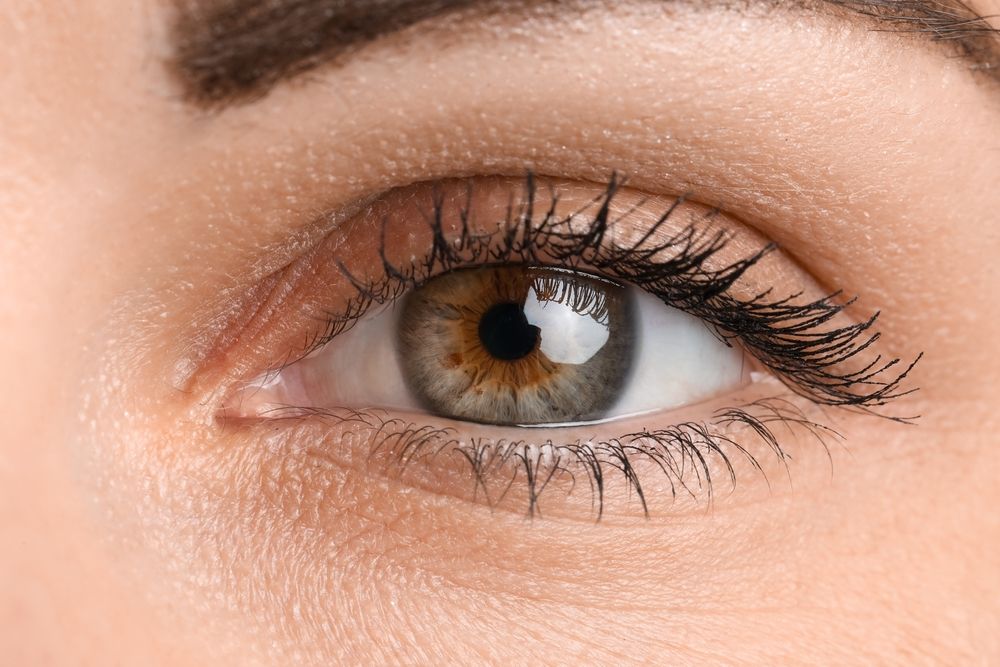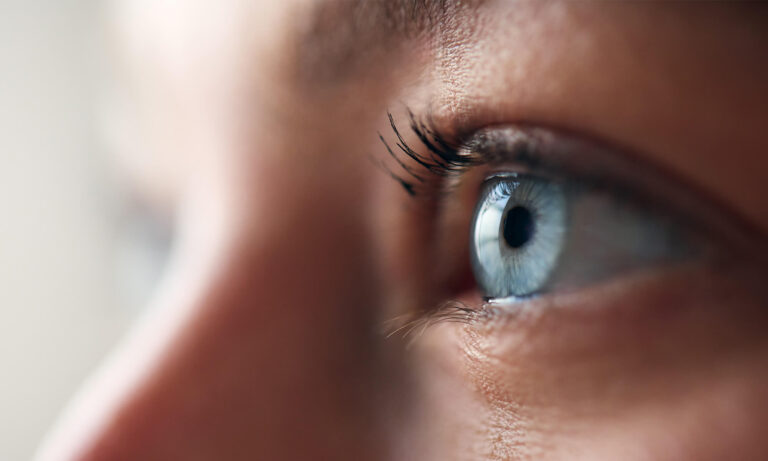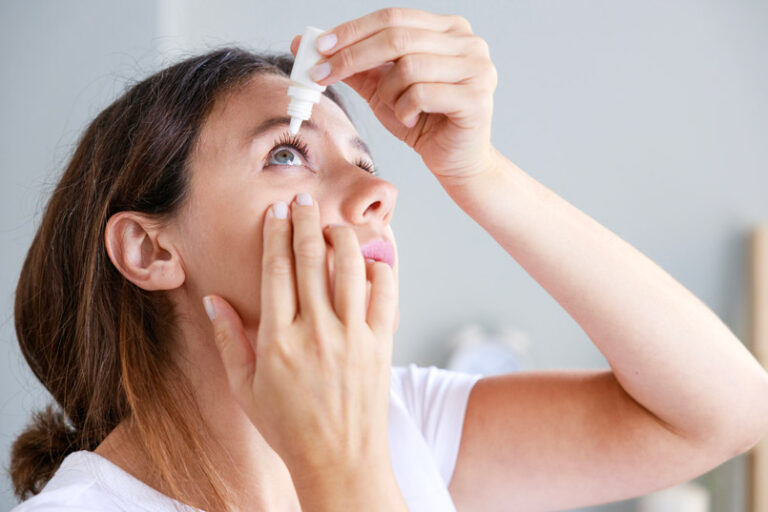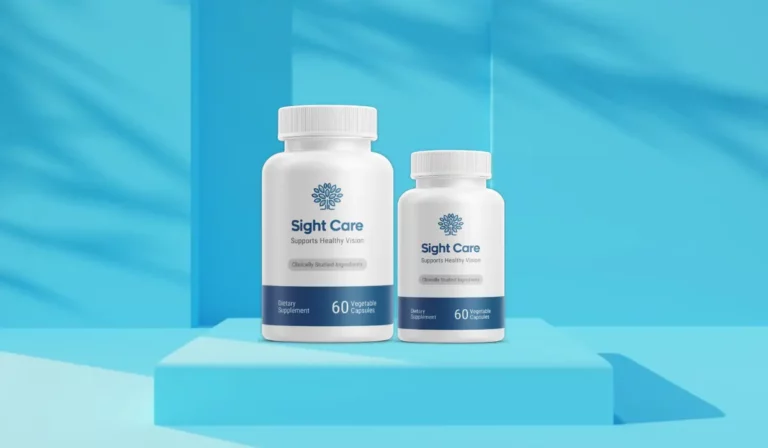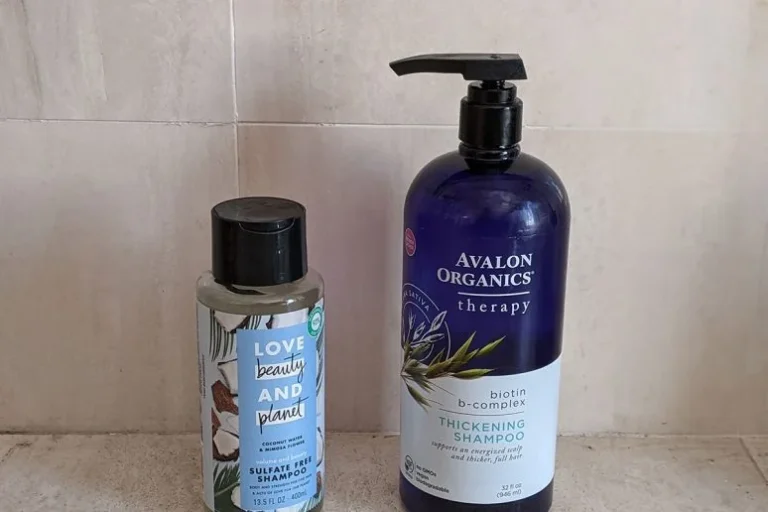Hazel eyes are a striking and captivating eye color that often leaves a lasting impression on those who encounter them. Unlike traditional eye colors like blue, green, or brown, hazel eyes possess a unique blend of hues, often shifting and changing depending on lighting, mood, and surrounding colors. In this article, we will explore the fascinating characteristics, genetics, history, and cultural significance of hazel eyes, providing a thorough understanding of what makes them so special.
What Are Hazel Eyes?
Hazel eyes are characterized by a mixture of green, brown, and gold tones. They can appear to change color based on various factors, which adds to their intrigue. Often, hazel eyes can be described as having a warm, earthy quality that can range from light amber shades to deeper brown tones. This variety in hue is due to the combination of melanin and the way light interacts with the iris.
The Unique Characteristics of Hazel Eyes
- Color Variability: One of the most defining features of hazel eyes is their ability to change color. Depending on the lighting and the clothing worn by the person, hazel eyes can appear more green, more brown, or even have golden flecks. This color shift can be mesmerizing, making hazel eyes appear to reflect the mood of the person.
- Iris Patterns: The iris of hazel eyes often contains a variety of patterns and speckles. These unique markings can be seen as a combination of different colors, adding depth and complexity to the eye. The interplay of light and shadow on these patterns can create a striking visual effect.
- Warmth and Depth: Hazel eyes are often described as having a warm and inviting appearance. The mix of colors can give hazel-eyed individuals an aura of friendliness and approachability. Many people find themselves drawn to the warmth and complexity of hazel eyes, often perceiving them as more expressive and engaging than other eye colors.
Genetics of Hazel Eyes
Understanding the genetics behind hazel eyes can shed light on why they are relatively rare compared to other eye colors. Eye color is determined by multiple genes, with the most significant influence coming from the OCA2 and HERC2 genes located on chromosome 15.
The Role of Melanin
Melanin is the pigment responsible for the color of our skin, hair, and eyes. The amount and type of melanin present in the iris dictate the overall color of a person’s eyes. In the case of hazel eyes, a moderate amount of melanin is present, allowing for the combination of brown and green hues.
- Genetic Variation: The genetics of hazel eyes is complex, as they are often a result of multiple genes working together. While hazel eyes can appear in individuals with a family history of brown or green eyes, they can also emerge unexpectedly, showcasing the unpredictable nature of genetic inheritance.
- Environmental Influences: Aside from genetics, environmental factors can also influence eye color. For example, exposure to sunlight can increase melanin production, potentially altering the appearance of eye color over time.
Prevalence of Hazel Eyes
Hazel eyes are less common than blue or brown eyes but are still found in a significant portion of the population. The frequency of hazel eyes varies among different ethnic groups and geographical locations.
- In the United States: Approximately 5% to 8% of the population has hazel eyes. This statistic shows that while hazel eyes are relatively rare, they are more common than some might think.
- Globally: The distribution of hazel eyes varies across countries, with certain regions having higher frequencies. For instance, individuals of European descent are more likely to have hazel eyes compared to those from East Asia or Sub-Saharan Africa.
The Cultural Significance of Hazel Eyes
Throughout history, hazel eyes have been regarded with fascination and admiration. Various cultures have assigned different meanings and symbolism to hazel eyes, often viewing them as a sign of beauty, mystery, and even magical qualities.
Historical Perspectives
- Ancient Civilizations: In ancient civilizations, eye color often played a role in mythology and storytelling. Hazel eyes, with their shifting hues, were sometimes associated with supernatural beings or gods. Their unique appearance made them stand out, leading to their portrayal as enchanting or mystical.
- Literature and Art: Hazel eyes have frequently been celebrated in literature and art. Many poets and writers have used hazel eyes as a symbol of love and beauty, crafting vivid descriptions that capture their allure. Artists throughout history have sought to capture the depth and complexity of hazel eyes in their paintings, often highlighting their unique characteristics.
Modern Interpretations
In contemporary society, hazel eyes continue to hold a special place in popular culture. Celebrities and public figures with hazel eyes are often admired for their unique beauty, and many people aspire to have eyes like theirs.
- Celebrity Influence: Famous individuals like actress Jessica Alba, singer Miley Cyrus, and actor Johnny Depp are known for their captivating hazel eyes. Their prominence in the entertainment industry has helped to elevate the status of hazel eyes, making them more desirable in modern beauty standards.
- Symbol of Mystery: Hazel eyes are often seen as enigmatic and alluring. This perception can lead to intrigue and curiosity about individuals with this eye color, as people may be drawn to their unique beauty and complexity.
The Psychology of Eye Color
The psychology of eye color suggests that our eye color can influence how we perceive others and how we are perceived. Hazel eyes, in particular, may evoke specific emotions and responses.
Perceptions of Beauty
- Attractiveness: Studies have shown that certain eye colors are often associated with attractiveness. Hazel eyes tend to be viewed positively, with many people finding them appealing due to their unique and vibrant appearance.
- Expressiveness: Hazel eyes are often perceived as more expressive than other eye colors. The varying hues and patterns can communicate a range of emotions, making individuals with hazel eyes seem more approachable and engaging.
Personality Traits
Some theories suggest that eye color can be linked to personality traits. While these theories lack scientific backing, they offer interesting insights into societal perceptions.
- Friendly and Approachable: People with hazel eyes are often perceived as warm and friendly. The mix of colors can create an inviting aura, making it easier for others to connect with them.
- Mysterious and Intriguing: The color-changing quality of hazel eyes can create an air of mystery. This intrigue can lead people to view individuals with hazel eyes as more complex or enigmatic.
Caring for Hazel Eyes
Like any eye color, caring for hazel eyes involves maintaining overall eye health. Here are some tips to keep hazel eyes healthy and vibrant:
Regular Eye Exams
Routine eye check-ups are essential for maintaining eye health. Regular visits to an eye care professional can help detect any potential issues early on, ensuring that your hazel eyes remain in optimal condition.
Protecting Against UV Rays
Exposure to ultraviolet (UV) rays can harm your eyes over time. To protect your hazel eyes:
- Wear Sunglasses: Invest in a good pair of sunglasses that block 100% of UV rays. This protection can help prevent conditions like cataracts and macular degeneration.
- Hats and Shades: When spending extended periods outdoors, consider wearing a wide-brimmed hat along with sunglasses for added protection.
Hydration and Nutrition
Maintaining proper hydration and a healthy diet can positively impact eye health. Foods rich in vitamins A, C, and E, as well as omega-3 fatty acids, can support overall eye health. Staying hydrated helps maintain moisture in the eyes, preventing dryness and irritation.
Avoiding Eye Strain
In our digital age, eye strain has become increasingly common. To reduce strain, practice the 20-20-20 rule:
- Take Breaks: Every 20 minutes, look at something 20 feet away for 20 seconds. This simple practice can help reduce eye fatigue.
- Proper Lighting: Ensure your workspace is well-lit to minimize glare on screens, which can contribute to eye strain.
The Role of Makeup for Hazel Eyes
Makeup can enhance the natural beauty of hazel eyes. Certain colors and techniques can complement their unique hues and make them stand out even more.
Eyeshadow Choices
- Warm Tones: Shades like gold, bronze, and warm browns can bring out the warm flecks in hazel eyes. These colors create a harmonious look that highlights their natural beauty.
- Green Accents: Green eyeshadows can also enhance hazel eyes, especially those with more green undertones. Experimenting with different shades of green can create striking contrasts.
Eyeliner Techniques
- Dark Liners: Using dark eyeliner, such as black or dark brown, can add depth and definition to hazel eyes. This contrast can make the colors within the iris pop.
- Colored Liners: Experimenting with colored eyeliners, particularly purples and greens, can create a fun and vibrant look that complements hazel eyes.
Mascara and Brows
- Volumizing Mascara: Applying a volumizing mascara can enhance the eyes’ overall appearance, making them look larger and more captivating.
- Defined Brows: Well-groomed eyebrows can frame hazel eyes beautifully. Ensuring your brows are defined and shaped can draw attention to your eye color.
Conclusion
Hazel eyes are a remarkable blend of colors that capture the imagination and intrigue of many. Their unique characteristics, genetic origins, cultural significance, and psychological implications all contribute to their allure. Whether you have hazel eyes yourself or admire them in others, understanding their beauty and complexity can deepen your appreciation for this captivating eye color.
By caring for your eyes and enhancing their natural beauty through makeup, you can embrace the charm of hazel eyes and revel in their captivating nature.





